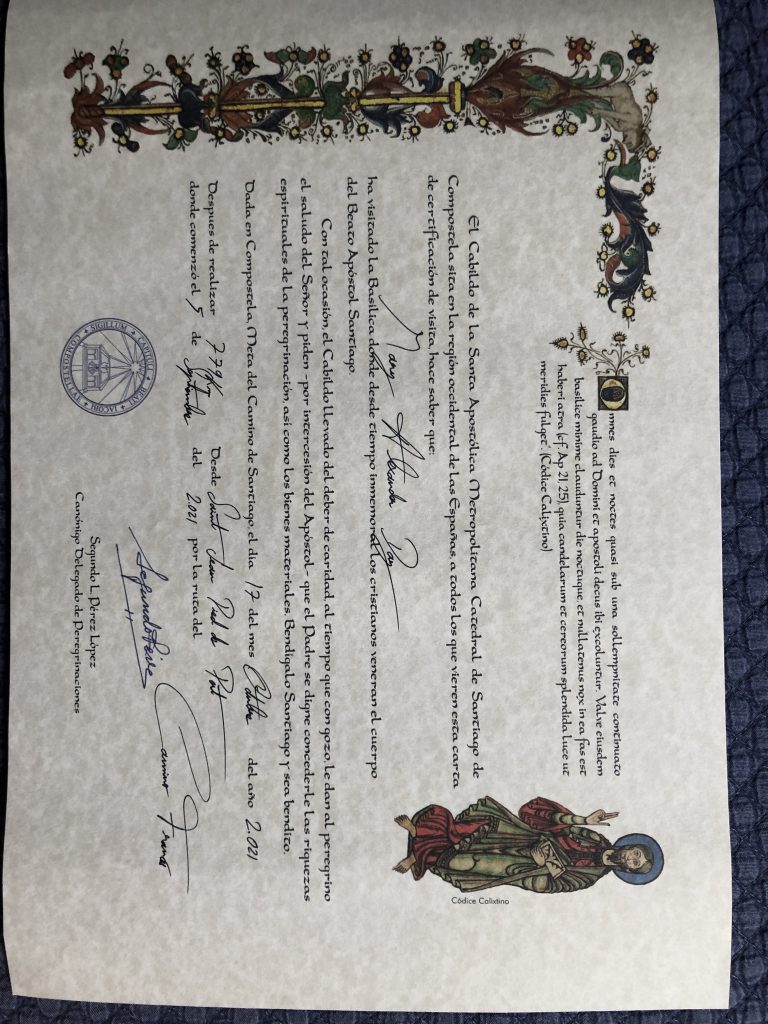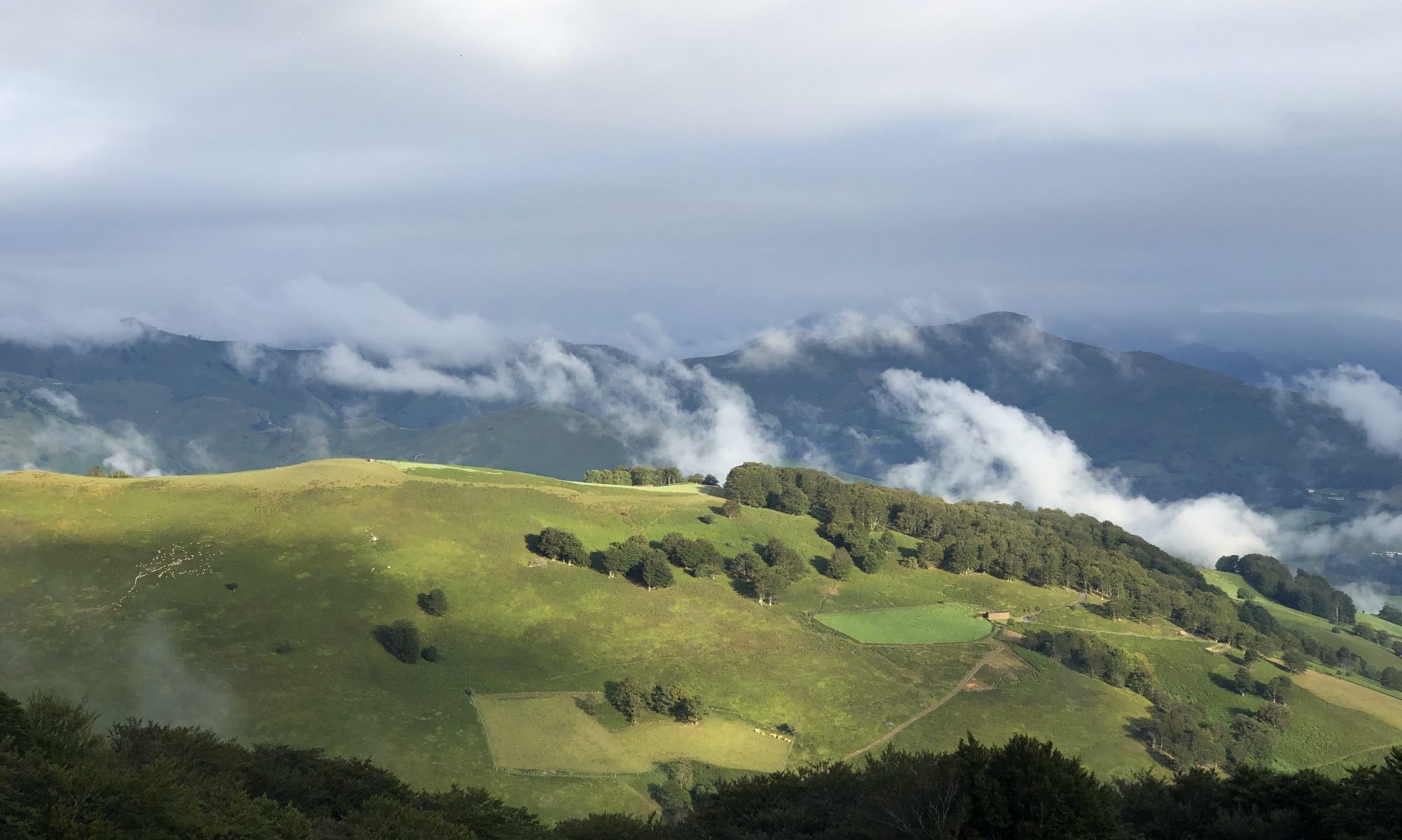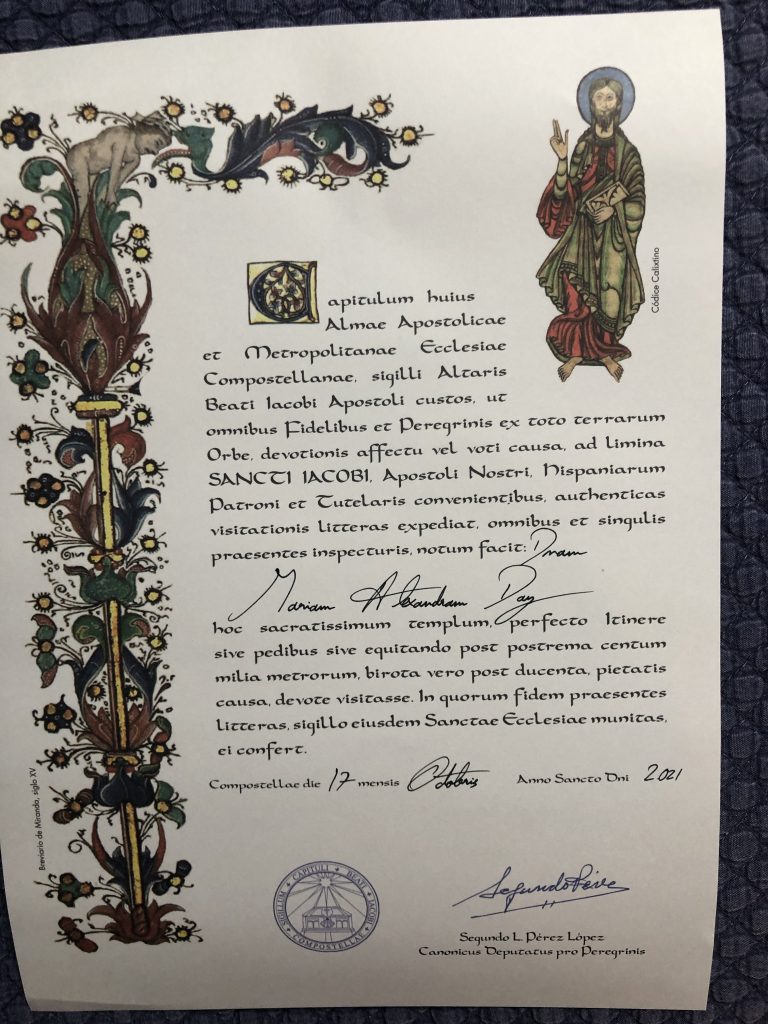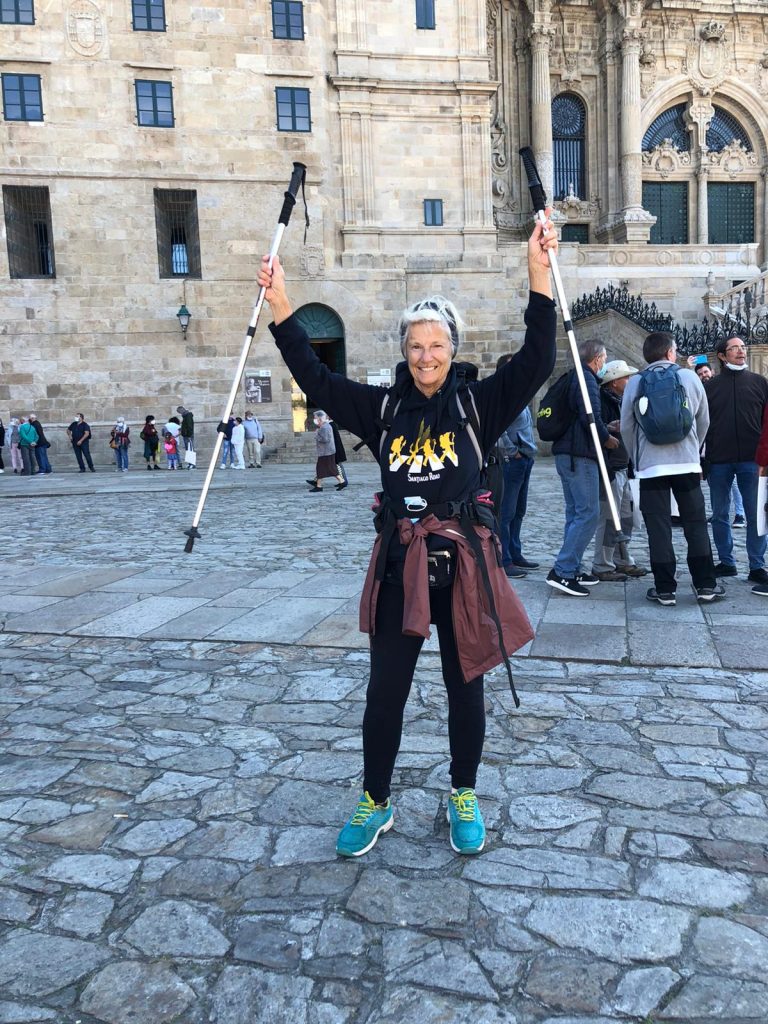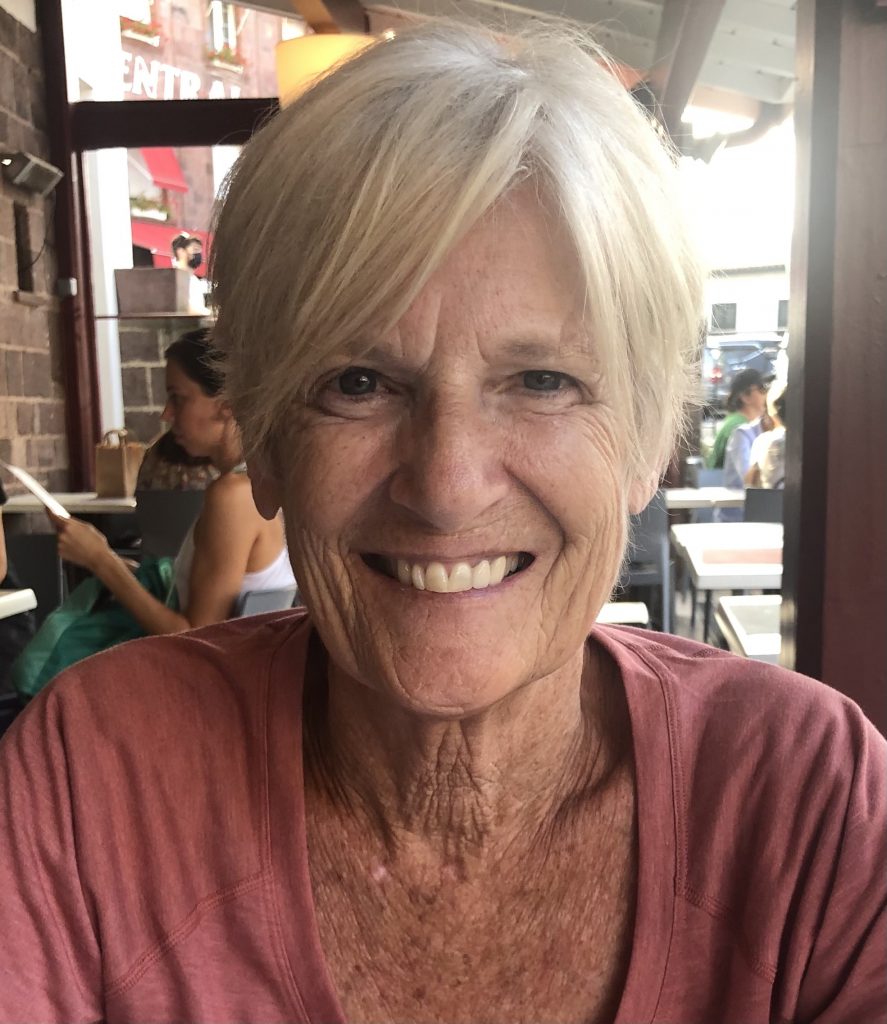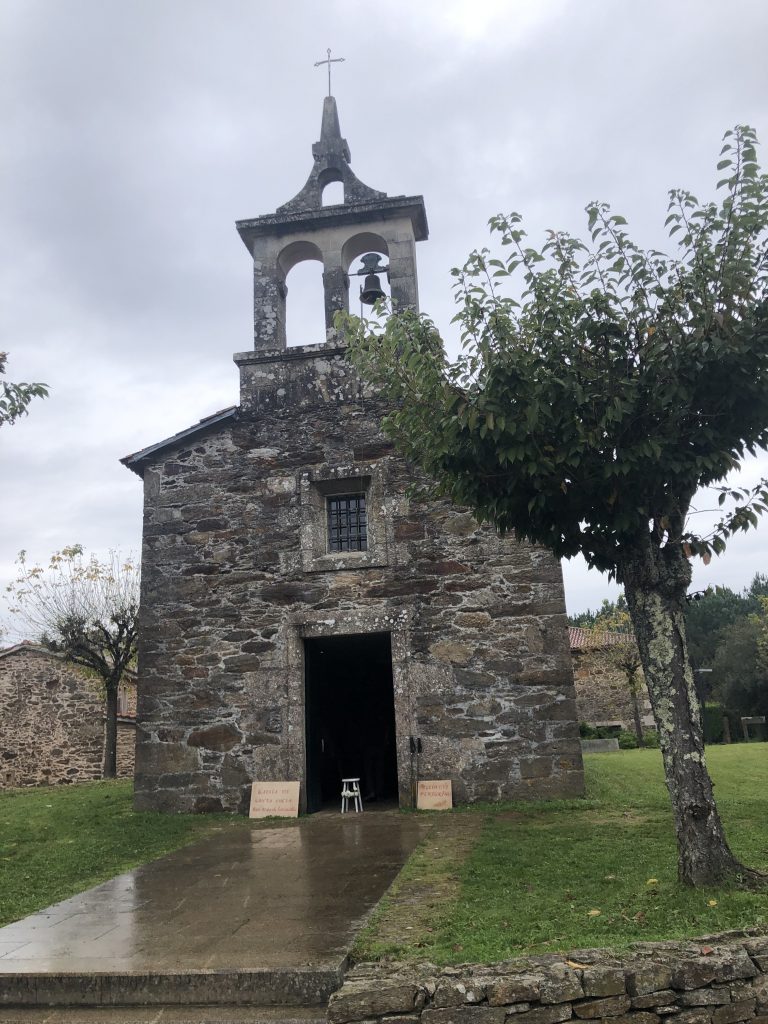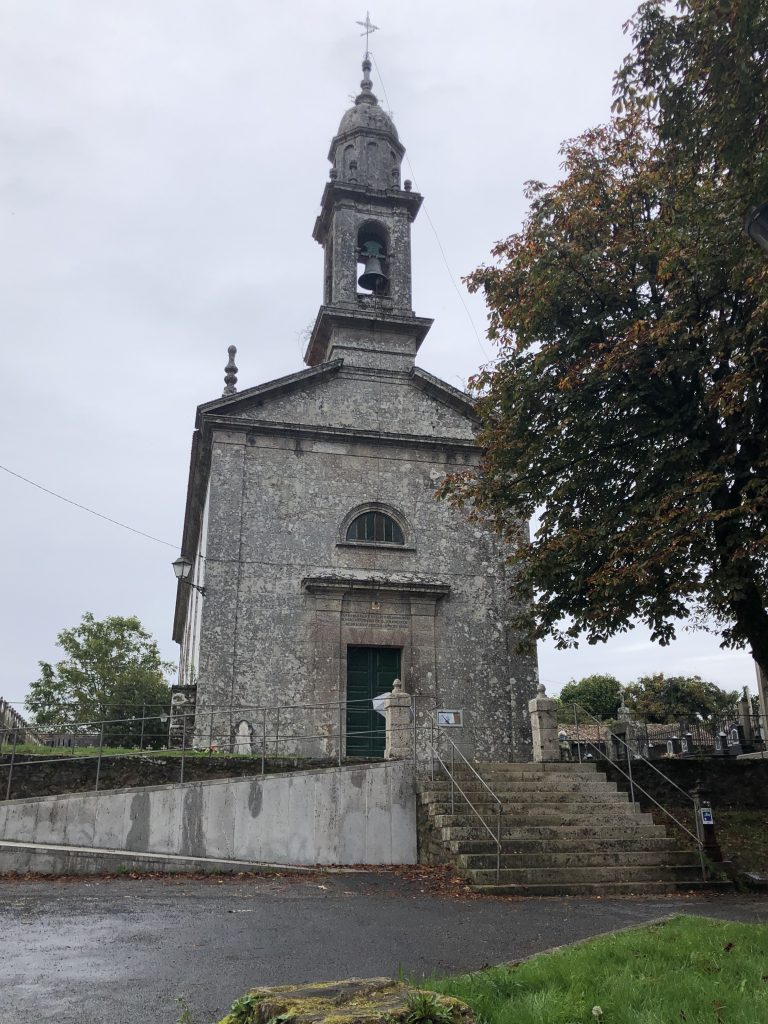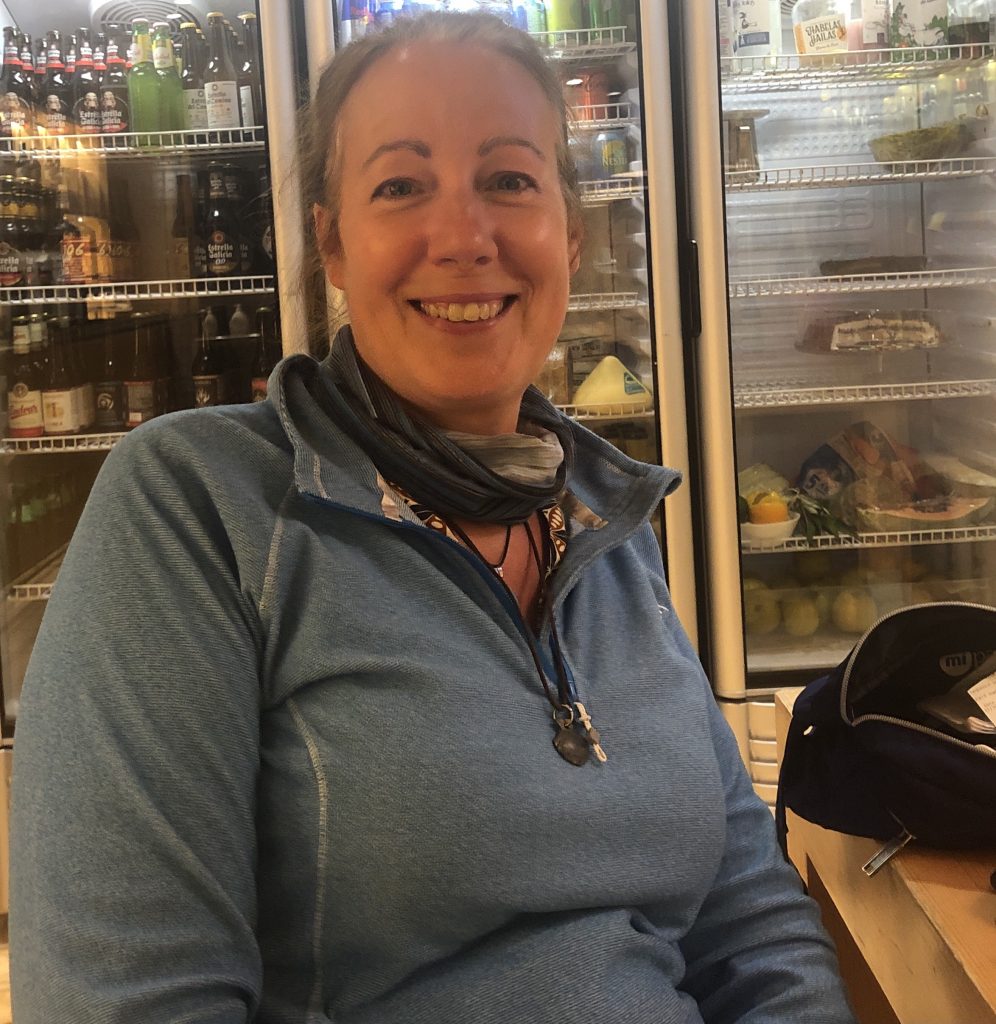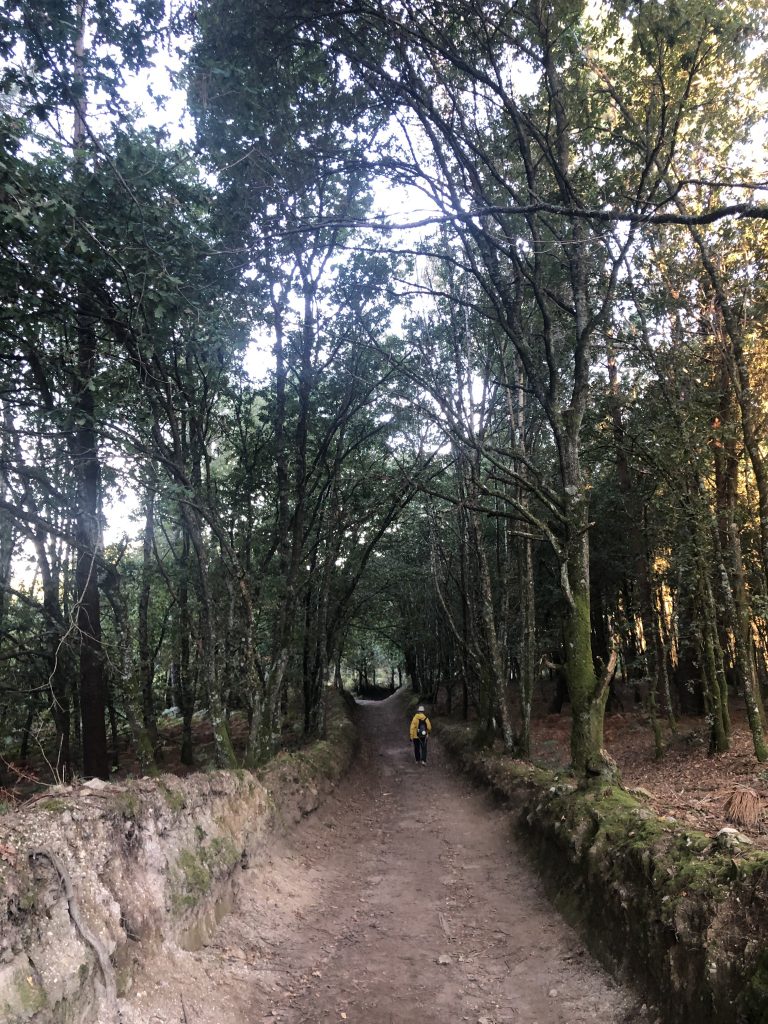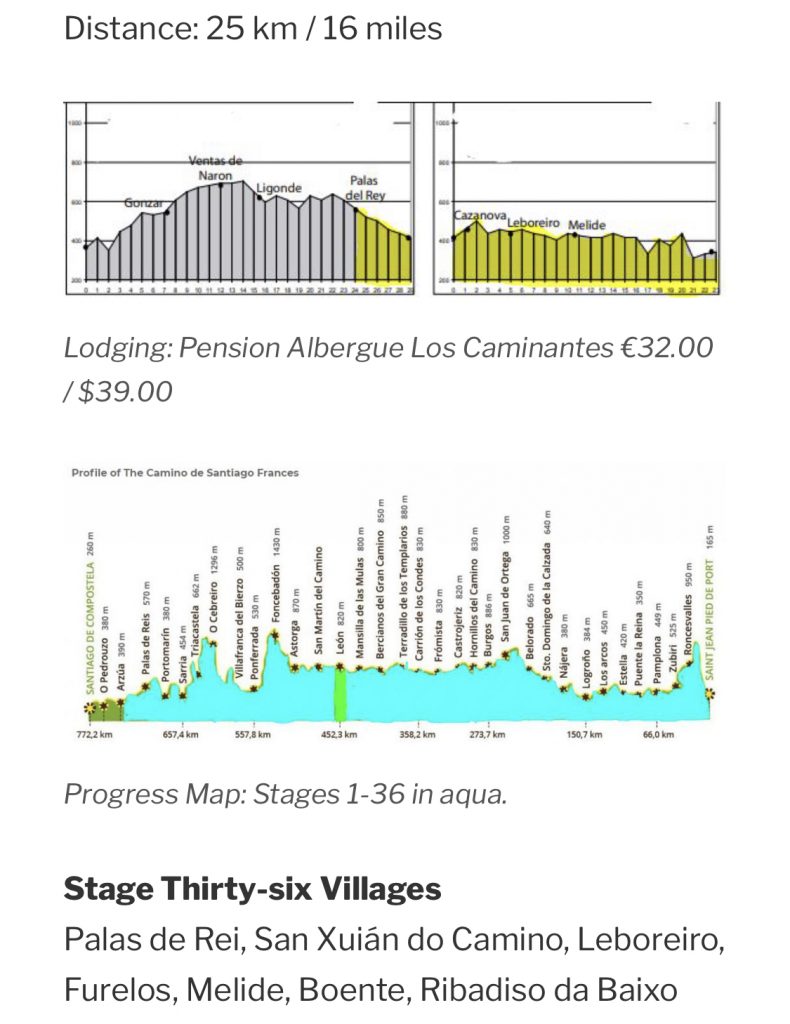My certificate states I started in Saint-Jean-Pied-de-Port and finished in Santiago de Compostela. 779 kilometers
Accreditation of the number of km covered
In addition to the Compostela, the Pilgrim’s Reception Office offers pilgrims the Certificate of Distance, a document issued by the Chapter of the Cathedral of Santiago certifying the number of kilometres they have travelled, whatever the starting point of their pilgrimage. This new document reflects the desire that many pilgrims have expressed for several years to have an official record of more details of their pilgrimage. It indicates the day and the starting point of the pilgrimage, the kilometres covered, as well as the day of arrival and the route of the pilgrimage.
